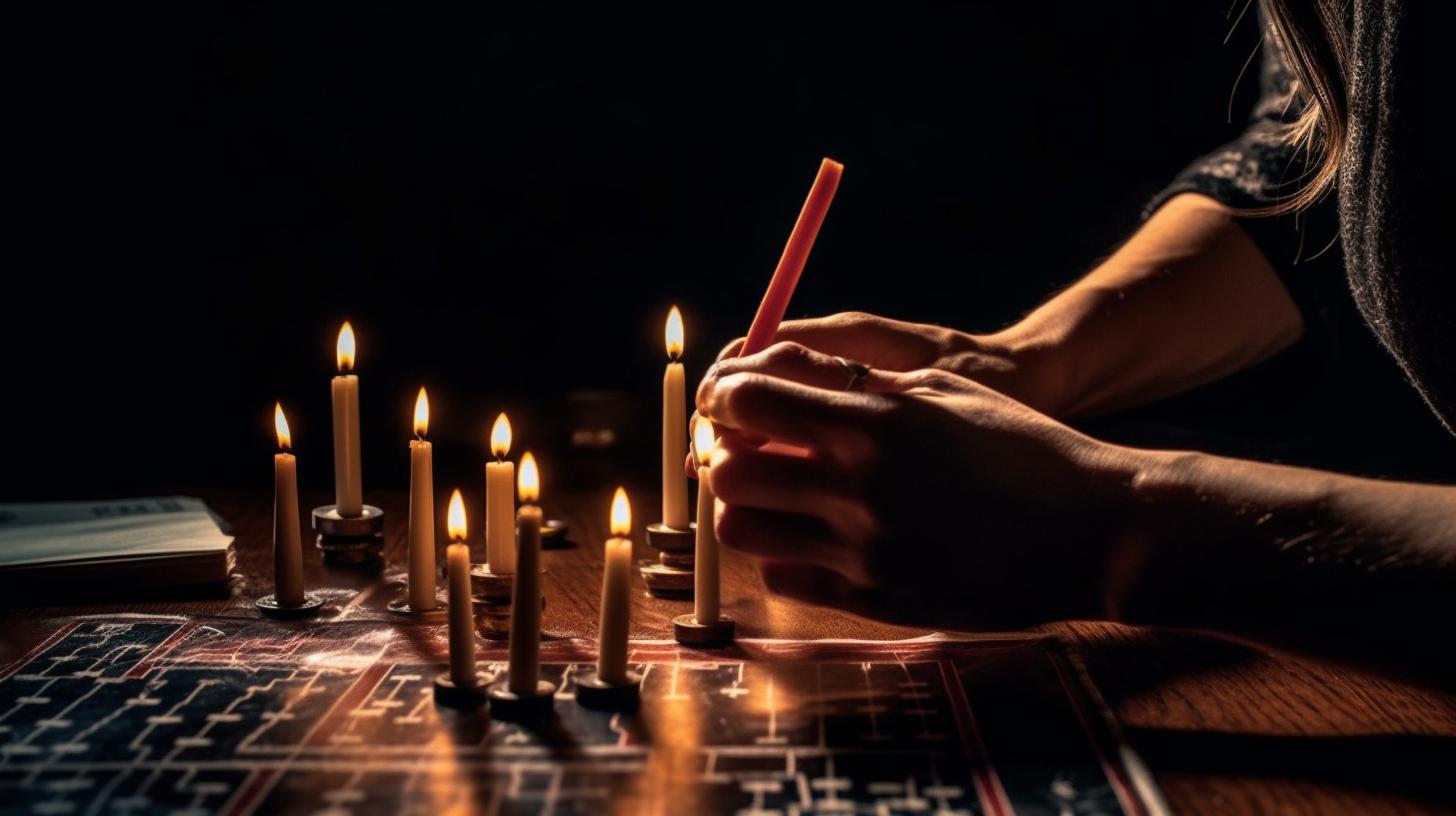As a seasoned crypto trader, grasping the signals amidst the volatile market noise can separate a triumphant session from a catastrophic setback. Within this maelstrom, a pivotal indicator lies concealed—the esteemed candlestick chart pattern. This sophisticated and instinctive instrument commands veneration among traders on a global scale. Why, you ask? Simply put, it weaves a tale of market sentiment, eluding many other indicators, thus endowing it with prodigious might in your trading weaponry.
History of the Candlestick Chart Patterns
The origins of the candlestick chart pattern can be traced back to 18th century Japan, where rice merchants used them to track market trends. Today, they are a universal feature in finance, adorning the screens of Wall Street traders and everyday investors alike.
Understanding the Basics
At first glance, a candlestick chart might seem like a dizzying array of colors and lines. However, once understood, it can reveal invaluable insights about price movements.
Each “candle” in the chart represents a specific timeframe and contains four crucial pieces of information: the opening price, closing price, highest price, and lowest price within that period. The “body” of the candle illustrates the range between the opening and closing prices, while the “wicks” or “shadows” show the high and low prices.
Recognizing Candlestick Patterns
Candlestick patterns are combinations of individual candles which, when identified, can provide predictive power about future price movements. Two of the most common types of candlestick patterns are reversal and continuation patterns.
Reversal Patterns
Reversal patterns, as the name suggests, signal a potential change in price direction. The most notable ones include:
- Bullish Engulfing Pattern: Occurs at the end of a downtrend. The ‘body’ of the second candle completely ‘engulfs’ the first one, indicating a possible bullish reversal.
- Bearish Engulfing Pattern: The opposite of the bullish engulfing pattern. It occurs at the end of an uptrend, signaling a potential bearish reversal.
- Morning Star and Evening Star: These are three-candle patterns. The Morning Star pattern occurs after a downtrend and indicates a bullish reversal, while the Evening Star signifies a bearish reversal after an uptrend.
Continuation Patterns
Unlike reversal patterns, continuation patterns suggest the continuation of the current trend. Some examples include:
- Bullish and Bearish Marubozu: The Marubozu lacks shadows, indicating a strong trend in the direction of the body’s color. A Bullish Marubozu shows buyers controlled the entire trading session, while a Bearish Marubozu suggests sellers dominated.
- Doji: A Doji is a candlestick where the opening and closing prices are nearly identical. It represents indecision in the market, and while it’s typically a continuation pattern, it can sometimes signal a reversal.
Improving Your Trading Skills with Candlestick Patterns
Knowledge of candlestick patterns can offer a competitive edge in understanding market sentiment. However, it’s essential to remember that no trading tool is foolproof. Candlestick patterns should be used in conjunction with other technical analysis tools for the best results.
Despite the learning curve, the rewards of mastering candlestick chart patterns can be immense. They not only enhance your understanding of the market but can also help in making informed and strategic trading decisions.
Candlestick chart patterns can be your key to unlocking the hidden rhythms of the stock market. As with all aspects of trading, practice and patience will make perfect. So, keep those eyes on the charts and happy trading!
FAQs
Candlestick chart patterns are visual representations of price movements in crypto trading. Paying attention to them helps you identify trends, reversals, and potential entry/exit points. They’re your secret weapon in decoding the market’s hidden messages!
Look for “bullish engulfing” patterns where a smaller red candle is followed by a larger green one. This suggests a potential uptrend, and you should seize the bullish opportunity before it’s gone!
Ah, the mystical doji! When opening and closing prices are almost the same, it signals market indecision. Prepare yourself for possible trend reversals, my fellow traders!
Absolutely! When you see a “hanging man” candlestick after a prolonged uptrend, it could indicate an upcoming bearish move. Get ready to protect those gains or even go short!
Candlesticks are versatile! Use them for both short-term scalping and long-term investing. Just remember, they’re like your trading compass, guiding you through the crypto wilderness.
Mix and match, my friends! Try pairing a “hammer” candle with a “morning star” for a powerful bullish combo. Experiment and find your own secret sauce!
As much as I wish they could, it’s not that easy, folks! Combine candlesticks with other technical indicators like RSI and MACD for more robust trading strategies.
It’s like spotting identical twins, but they have different personalities! The “shooting star” appears after an uptrend and predicts a reversal, while the “inverted hammer” can signal both bullish and bearish reversals.
Absolutely! The yin and yang of trading. Combine candlesticks with fundamental news to make more informed decisions and ride the waves of success.

